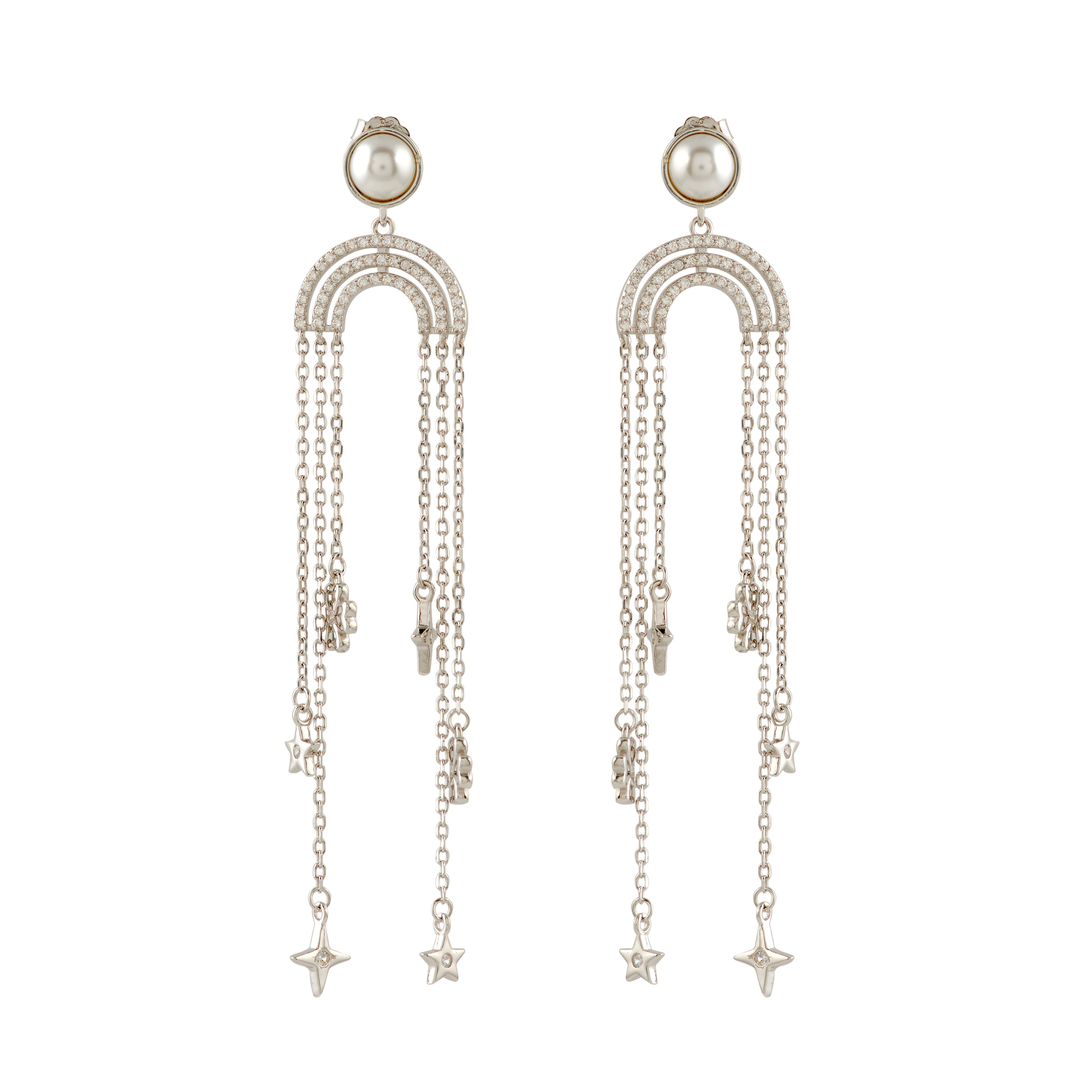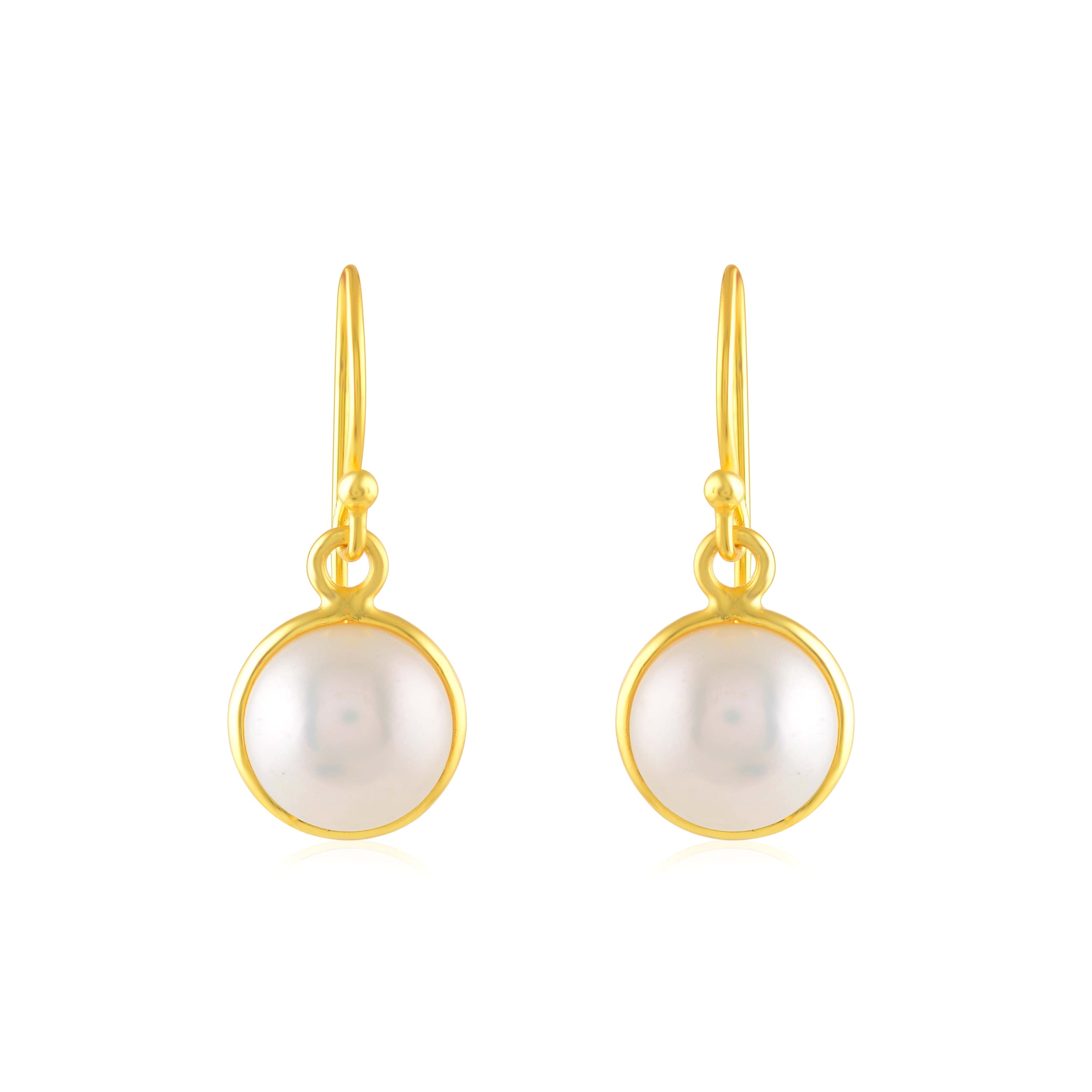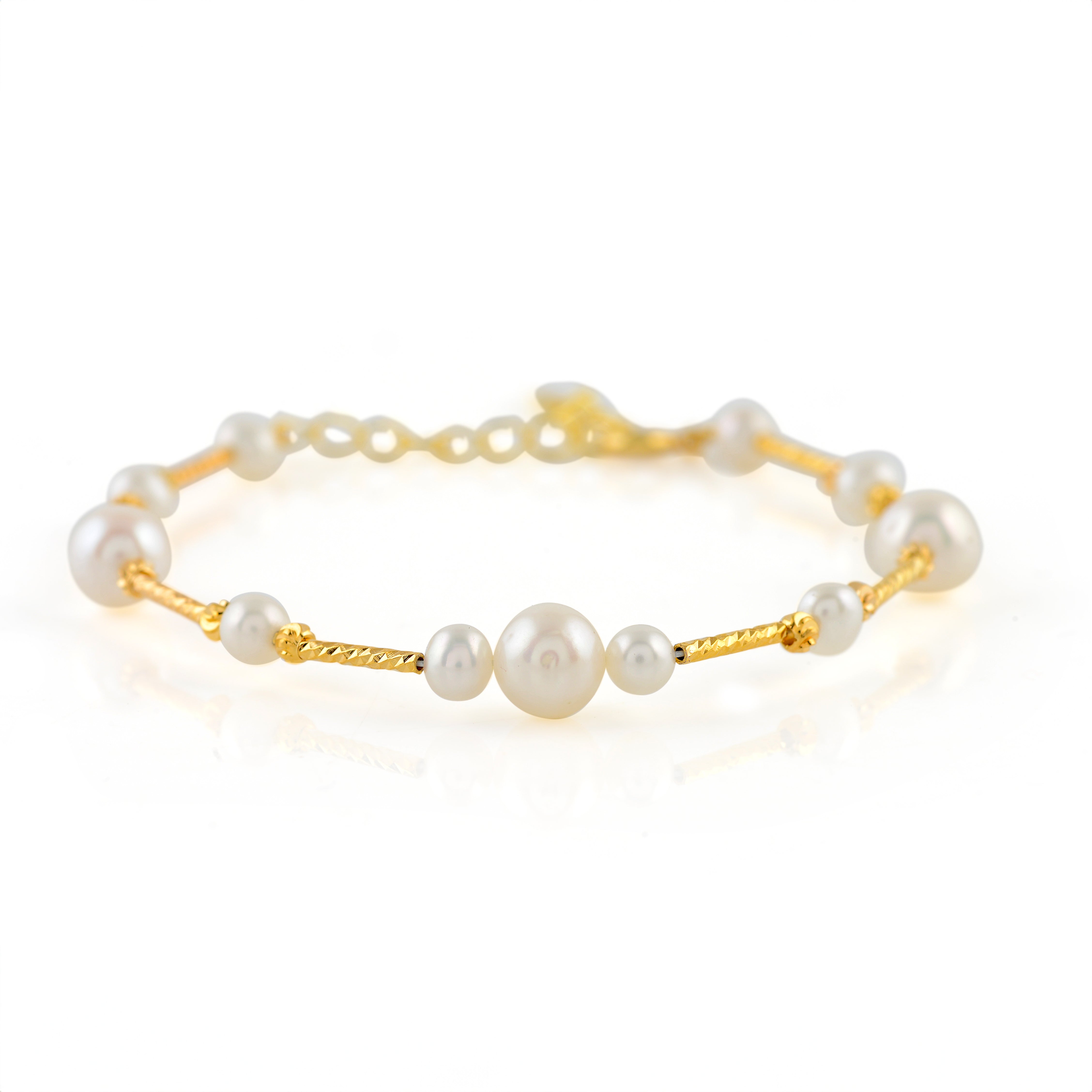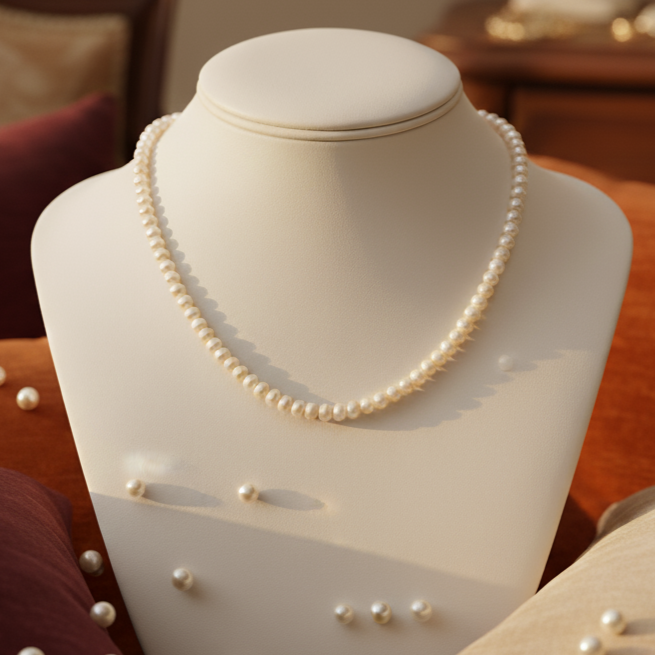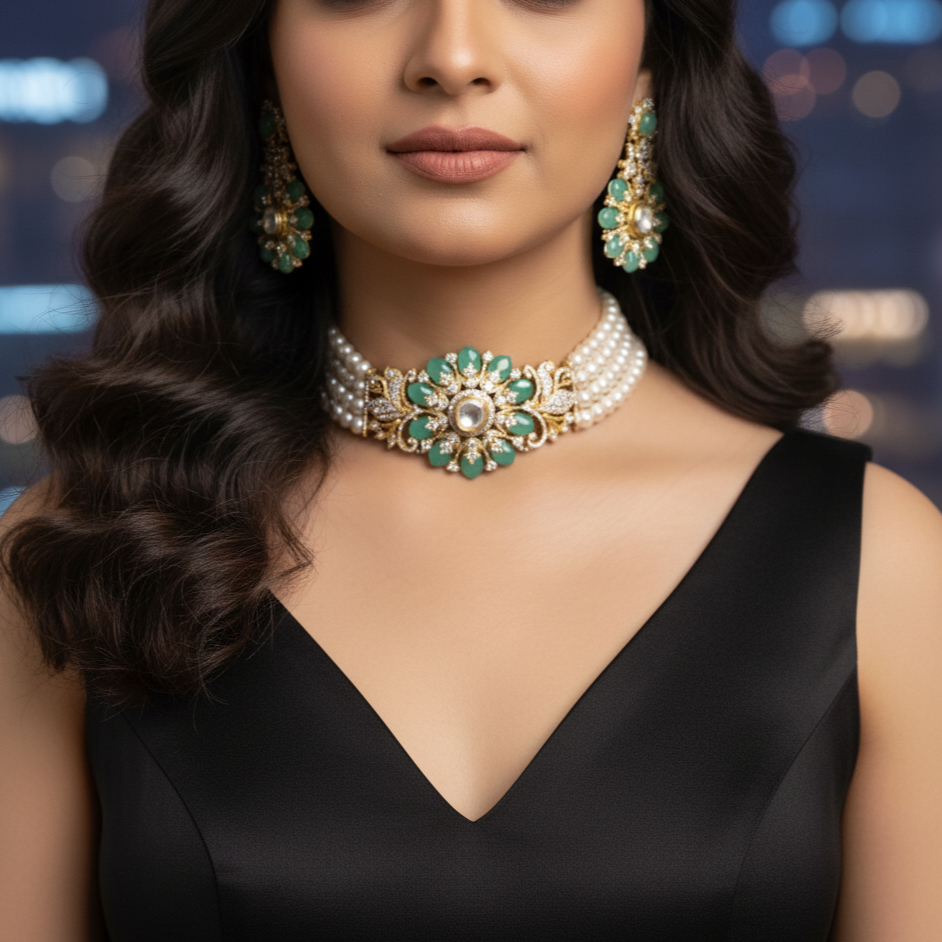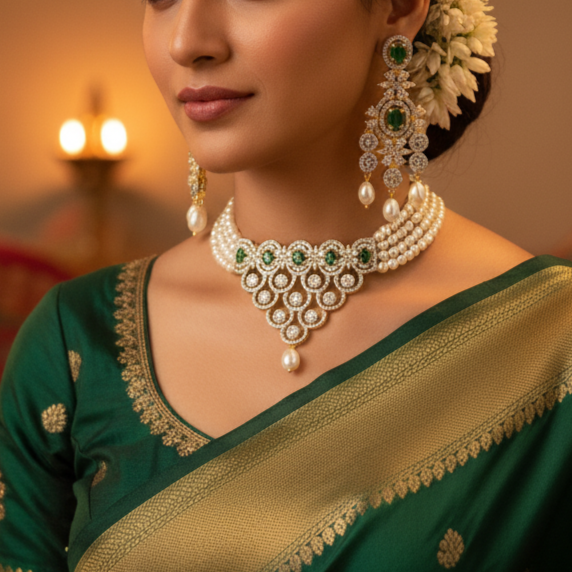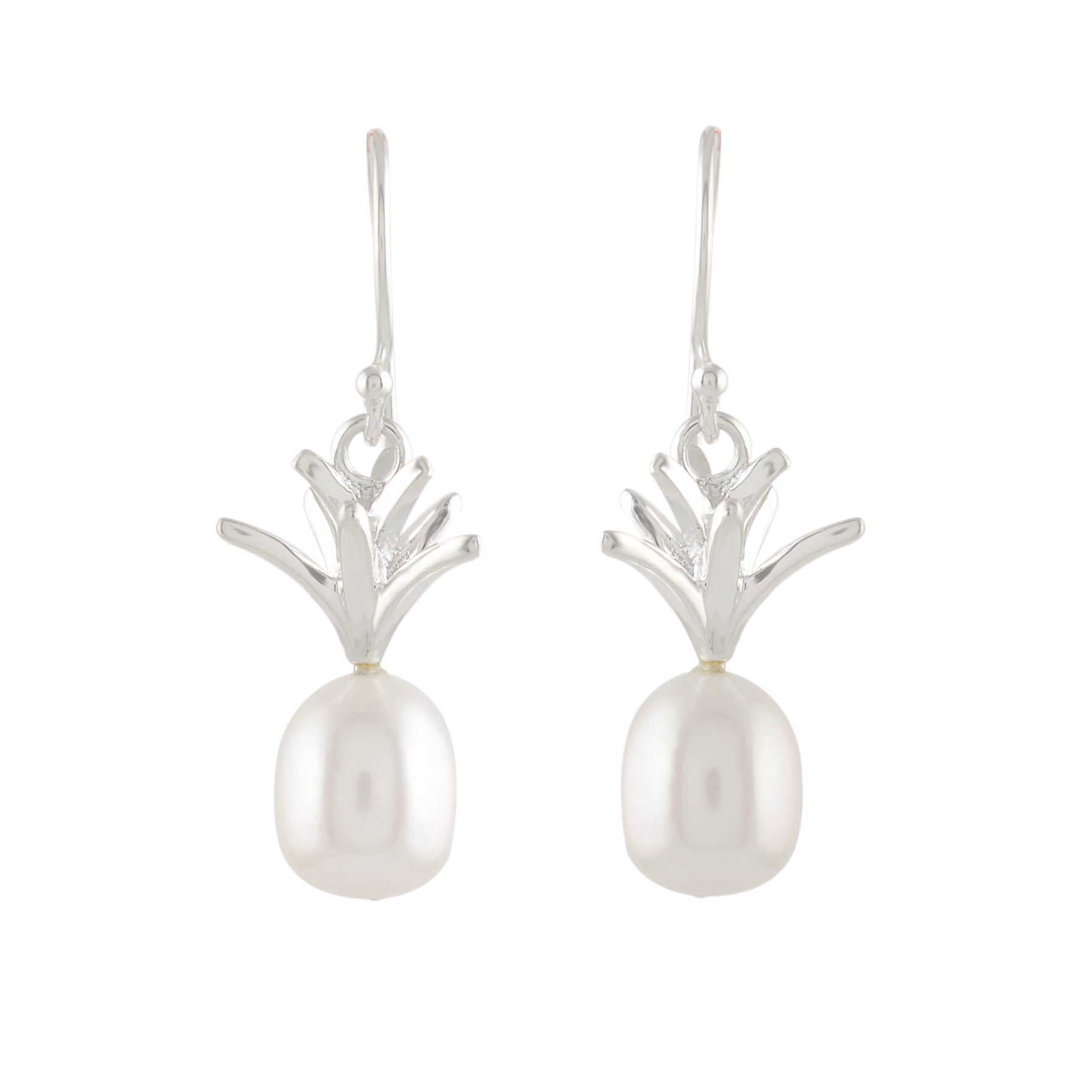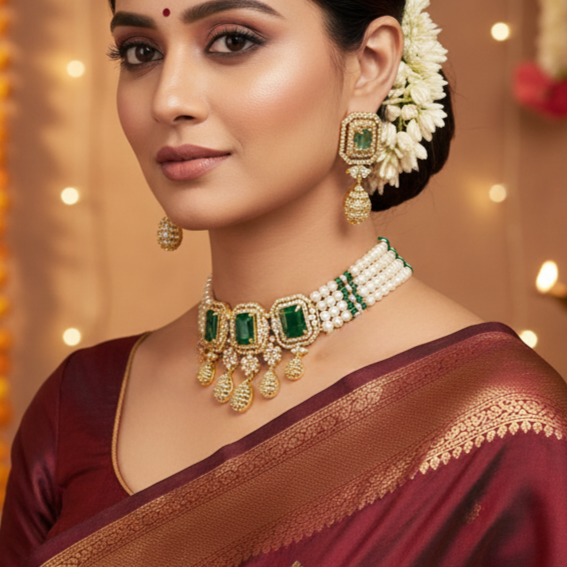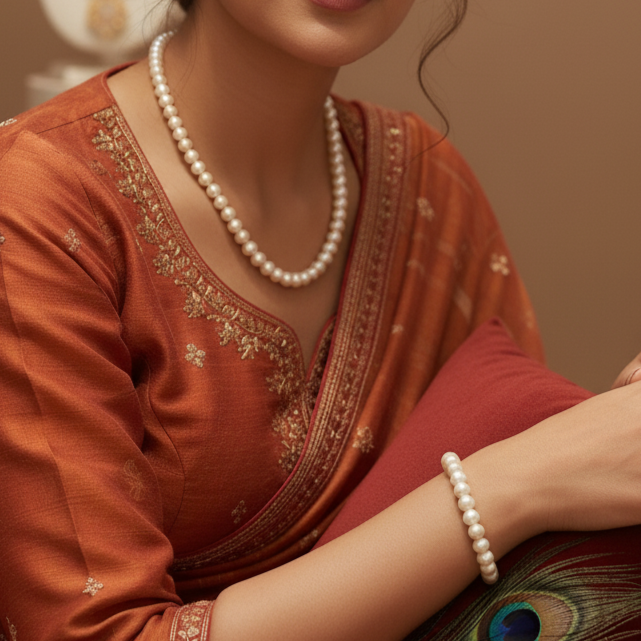In the realm of pearls, the two most popular and oft-heard types are freshwater pearls and cultured pearls. Many of us tend to use these terms interchangeably. or else, we are not sure about their differences. However, there are important distinctions between the two and every wise buyer should know about them. This article will try to throw some light on a few of these differences. 
Freshwater pearls had a somewhat humble beginning compared to cultured Akoya pearls. They were first introduced in the market as a cheaper, low quality alternative to the Akoya variant. As a result, they were largely used by jewelry designers looking for variety in appearance rather than adding value to their creations. However, in recent times, a particular class of freshwater pearls has been introduced that rivals Akoya pearls in both value and quality. 
The chief distinction between freshwater pearls and cultured pearls is that the former offers a wide range of choices in terms of color, shape and size. In fact, no other type of pearls offers as much diversity as freshwater pearls. 
Another important distinction is the shape. Freshwater Pearls are seldom perfectly round in shape. To understand the reason behind this, it is important to learn something about how freshwater pearls are formed. Unlike cultured saltwater pearls, freshwater pearls are not bead-nucleated (i.e. an external bead is not introduced into the mollusk to give birth to the pearl). Instead, a small square of mantle tissue is obtained from a donor mussel's inner lining and inserted into the lining of the harvesting mussel to stimulate the formation of the pearl.

Only 2% of all freshwater pearls are round in shape. However, given the fact that freshwater pearls are produced in greater abundance than Cultured Pearls, this small percentage of rotundity actually accounts for a large number of round pearls in the market. It is worth remembering in this respect that each freshwater mussel produces up to 40 pearls, whereas one saltwater mollusk is responsible for one or two pearls. The unique harvesting technique makes freshwater pearls solely composed of nacre. In the absence of any bead nucleus, freshwater pearls are all nacre from the surface to the core. This lends a high value to the pearls and also contributes in giving them a very distinctive glow and hue. It also makes freshwater pearls larger in size than cultured Akoya pearls whose nacre thickness ranges from 0.2mm to 4mm.
Follow The Latest Jewellery Collection
► Like us on Facebook: https://bit.ly/2Kcdt4W
► Follow us on Instagram: https://bit.ly/32YeWnX
► Follow us on Twitter: https://twitter.com/KPJHyd
► Shop Online: https://www.krishnapearls.com/
► Visit Website: http://www.krishnajewellers.com
For More Pearl Jewellery Designs Call (or) Whats App@ +91-9248036721 Shop Online at www.krishnapearls.com (or) visit our store Krishna Pearls at Jubilee Hills, Hyderabad and for more details Contact Us @ +91-9248036721.


